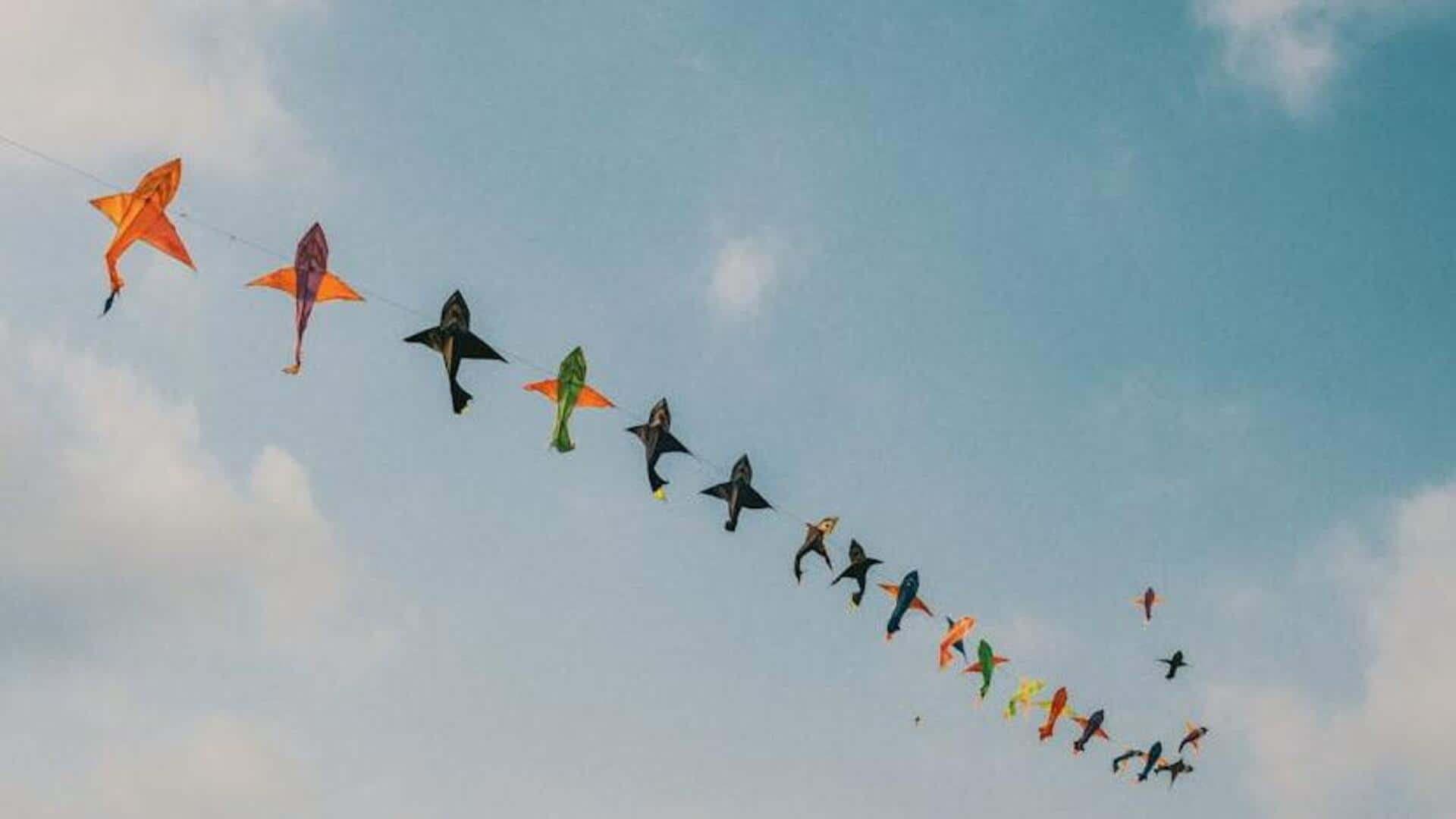
Kite-flying made easy: Organize your gear for best adventures
What's the story
Kite-flying is a beloved pastime that combines the thrill of the wind with the joy of flight.
Whether you're a kite-flying pro or a beginner, having your gear in order can make all the difference.
This article offers handy tips on organizing your kite-flying equipment, so you're always ready for your next windy day adventure.
Storage
Create a dedicated storage space
Set aside a specific spot in your house to keep all your kite-flying equipment.
This can be a shelf in the garage, a corner of your closet, or even a dedicated storage bin.
Having everything in one place not only prevents loss and damage but also ensures you can quickly grab what you need when the wind is just right.
Labeling
Use clear labeling systems
Invest in labels or tags to clearly mark each item of your kite-flying kit.
Include pertinent details like the type of kite, its size, and the specific flying conditions it excels in.
Not only does this help you rapidly identify each piece, but it also assists in keeping track of what you have in your collection.
Maintenance
Implement regular maintenance checks
Before and after each use, check your kites and accessories for any signs of wear or damage.
Look for tangles or frays in the strings, ensure the spools are operating smoothly, and check the kites for tears or structural issues.
Regular maintenance guarantees that all parts are in good condition and prolongs the lifespan of your gear.
Tools
Optimize with multi-functional tools
Choose multi-purpose tools to minimize clutter in your kite-flying kit.
Instead of packing separate tools, opt for a Swiss Army knife with scissors.
This handy tool allows you to cut strings or fix small damages on the spot, without the need for a separate kit.
Multi-purpose tools are not only space-efficient but also reduce weight, making your outdoor adventures even more enjoyable.
Packing
Pack smart for on-the-go adventures
When going out to fly kites, pack wisely by selecting only what you need for the day's weather and planned activities.
Use small bags with pockets to keep essentials like string spools, repair kits, and tail weights organized and easy to find.
This way, you won't waste time digging through a cluttered bag looking for what you need.